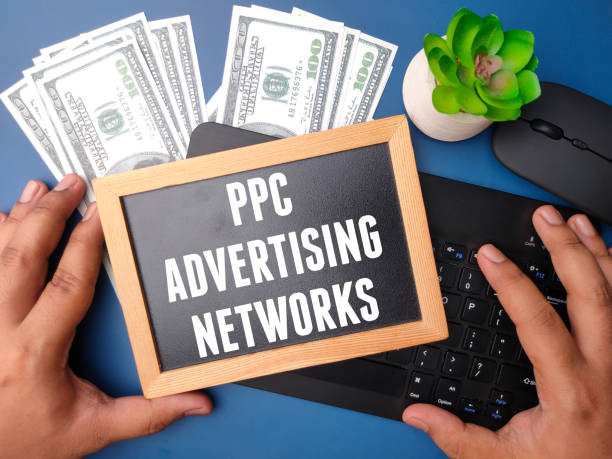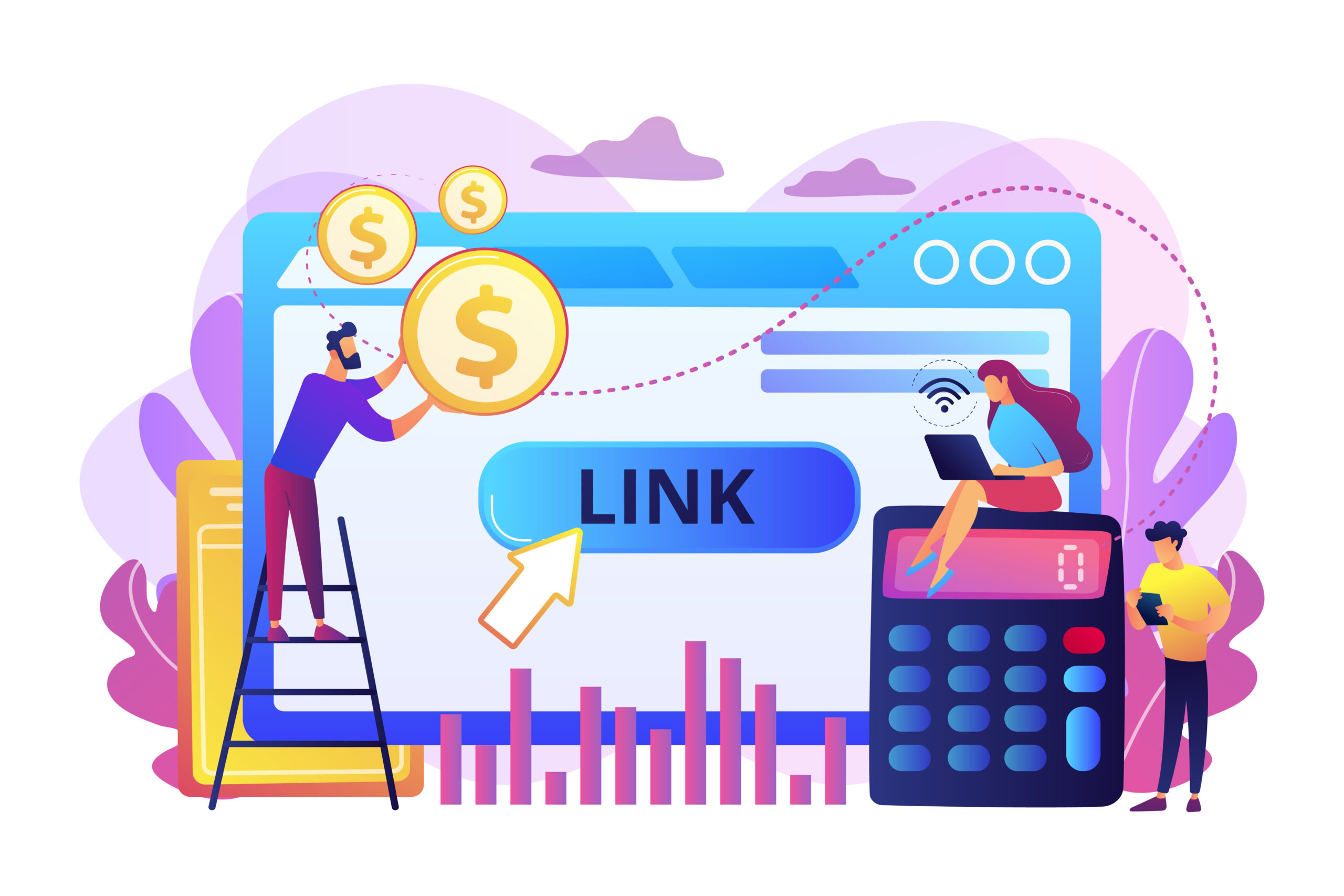Pay-per-click advertising is a powerful tool that marketing agencies can use to generate significant returns on investment. Whether managing campaigns for clients or promoting your agency’s services, understanding how to maximize ROI with PPC is essential. This guide will show you practical steps, strategies, and tips to make PPC campaigns more profitable and efficient.
What is ROI With PPC?
Return on Investment (ROI) with PPC measures the profitability of your pay-per-click campaigns. It answers the critical question: Are you making more money than you are spending?
PPC platforms like Google Ads and Bing Ads allow advertisers to place bids on keywords. When potential customers search for those terms, your ad appears, and you pay only when someone clicks. The key is ensuring that the revenue generated from these clicks outweighs the costs.
Why Marketing Agencies Rely on PPC for ROI
Marketing agencies rely on PPC because it delivers quick and measurable results. Unlike organic strategies, PPC provides immediate visibility and a clear understanding of what works and what does not. This is crucial when clients demand proof of effectiveness.
Some key benefits include:
- Targeted Advertising: Agencies can tailor ads to reach specific audiences.
- Scalability: Campaigns can be scaled up or down based on performance.
- Real-Time Analytics: Performance data is available instantly.
By mastering PPC, agencies can help clients grow while proving their worth as trusted partners.
Setting Clear Goals for PPC Campaigns
Without clear goals, PPC campaigns can quickly spiral out of control. Start by defining what success looks like for each client.
Align PPC Goals With Business Objectives
Some campaigns focus on generating sales, while others aim for brand awareness or lead generation. Be specific. For example:
- Increase online sales by 20% within three months.
- Generate 50 qualified leads in one month.
Track Key Metrics That Impact ROI With PPC
To evaluate success, monitor metrics such as:
- Click-Through Rate (CTR): Measures how often people click your ad after seeing it.
- Cost-Per-Click (CPC): Shows how much you pay for each click.
- Conversion Rate: Tracks the percentage of clicks that lead to a desired action.
- Customer Lifetime Value (CLV): Helps determine long-term profitability.
By linking goals with measurable metrics, you can optimize for the best outcomes.
Choosing the Right PPC Platform
Not all platforms are the same. Choosing the right one depends on the client’s audience and business type.
Google Ads: The Leader in PPC
With billions of daily searches, Google Ads is ideal for most agencies. It offers a broad reach and advanced targeting tools.

Microsoft Advertising: A Hidden Opportunity
While smaller than Google, Microsoft Advertising often has lower competition and cheaper CPCs. It is perfect for targeting professional audiences on platforms like Bing.
Social Media Advertising: Beyond Search Engines
Platforms like Facebook, Instagram, and LinkedIn allow businesses to reach users based on demographics, interests, and behavior. This is particularly effective for businesses with visually appealing products or B2B clients.
Each platform has its strengths, so choose one that aligns with your client’s needs.
Crafting Highly Effective Ad Copy
Your ad copy can make or break a PPC campaign. Writing compelling text is essential for grabbing attention and driving clicks.
Focus on Benefits, Not Features
Instead of listing product features, highlight how the product solves a problem or fulfills a need. For instance:
- Feature: “500GB Cloud Storage”
- Benefit: “Never run out of space for your important files.”
Include a Clear Call-to-Action (CTA)
Guide potential customers on what to do next. Use phrases like:
- “Shop Now for 20% Off”
- “Sign Up Today for Free Access”
Test and Refine Ad Copy
Use A/B testing to determine which headlines, descriptions, and CTAs perform best. Small tweaks can significantly boost ROI with PPC.
Optimizing Landing Pages for Better Conversions
The customer journey does not end with a click. Your landing page must seal the deal.
Keep Landing Pages Simple and Relevant
Ensure the page matches the promise of the ad. If your ad promotes a specific product, do not send visitors to a generic homepage.
Improve Page Speed
Slow-loading pages lead to high bounce rates. Use tools like Google PageSpeed Insights to identify issues and make improvements.

Add Social Proof
Include testimonials, reviews, or trust badges to build credibility and encourage conversions.
Keyword Research: The Foundation of ROI With PPC
Keywords determine who sees your ads. Choosing the right ones is critical to campaign success.
Use High-Intent Keywords
Target keywords that indicate readiness to buy or act. For example:
- High Intent: “Buy running shoes online”
- Low Intent: “Best running shoes for beginners”
Negative Keywords: Save Money on Irrelevant Clicks
Add negative keywords to prevent your ads from appearing in unrelated searches. This reduces wasteful spending and improves ROI.
Rely on Keyword Tools
Platforms like Google Keyword Planner and SEMrush can help identify profitable keywords with high search volume and low competition.
Monitoring and Adjusting Your PPC Campaigns
PPC success requires ongoing management. Even the best campaigns need adjustments.
Analyze Performance Regularly
Review campaign metrics weekly or even daily. Focus on:
- Ads with low CTRs
- Keywords with high CPCs but low conversions
Pause Underperforming Ads
Do not be afraid to stop ads that are not delivering results. Shift the budget to better-performing ones.
Experiment With Bid Strategies
Adjust bidding strategies, such as maximizing clicks or focusing on conversions, to see what works best for your client’s goals.
Budgeting Wisely for PPC Campaigns
Proper budget management ensures you get the most value out of every dollar spent.
Start With a Small Budget
If a campaign is untested, begin with a smaller budget. Increase spending only after seeing positive results.
Allocate Budget Based on Performance
Focus spending on campaigns, keywords, or ads that generate the highest ROI.
Avoid Overspending on Broad Keywords
While broad keywords attract traffic, they often come with low conversion rates. Balance them with specific, long-tail keywords.

The Role of Remarketing in ROI With PPC
Remarketing targets people who have interacted with your website but did not convert. This strategy keeps your business top of mind and encourages them to return.
Set Up Remarketing Campaigns
Use platforms like Google Ads to display ads to previous visitors.
Offer Incentives to Encourage Action
Provide discounts, free trials, or bonuses to entice hesitant customers.
Track Remarketing Success
Measure how many conversions come from these campaigns and adjust as needed.
Avoiding Common PPC Mistakes
Even experienced marketers can make costly mistakes.
Mistake 1: Ignoring Mobile Users
Many clicks come from mobile devices. Make sure your ads and landing pages are mobile-friendly.
Mistake 2: Failing to Set Conversion Tracking
Without tracking, you cannot measure success. Set up tracking to capture data on leads, sales, and other actions.
Mistake 3: Overlooking Ad Scheduling
Analyze when your target audience is most active. Schedule ads during these peak times to improve efficiency.
Conclusion
Maximizing ROI with PPC requires a mix of strategy, monitoring, and refinement. By focusing on the right platforms, crafting compelling ads, and using data to guide decisions, marketing agencies can achieve outstanding results for their clients. The key is continuous learning and adaptation.








